Strawberries
Fresh Market Blackberry Cost and Return Study Now Available from UC Cooperative Extension
The new edition of "Sample Costs to Establish and Produce Fresh Market Blackberries Study" is now available from UCCE.
http://coststudies.ucdavis.edu/files//2013/09/30/blackberrycc2013.pdf
This is another great cost and return study in berries authored by Laura Tourte, Rich De Moura, Karen Klonsky, and yours truly.
We certainly weren't in alone in writing this study, and this work could not have been accomplished without the substantial input and contributions from local blackberry growers - thank you all!
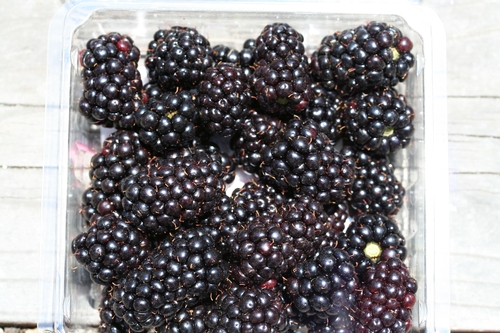
2013 Cost and Return Study now available for fresh market blackberries on the Central Coast.
University of California Announces Soil Fertility Short Course for October 23
The UC Vegetable Research & Information Center (VRIC) will sponsor the UC Soil Fertility Short Courseon Wednesday, October 23, 2013 at the Buehler Alumni & Visitor Center, UC Davis. The short course will focus on the practical aspects of soil fertility management and topics will include soil testing, interpretation of laboratory soil test results, comparing fertilizer sources, developing crop nutrient management plans, and fertilizer management and environmental protection. The content will be geared toward commercial scale production, and will assume a general knowledge of soil science; this course is not appropriate for home gardeners.
The program is intended for growers, certified crop advisers (CCA), pest control advisers, government agency personnel, and others involved in fertility management planning. Take advantage of the early-bird registration fee ($160.) The fee goes up on Oct. 4 to $190. The registration fee includes lunch, refreshments and study materials. UC Farm Advisors can attend at the special rate of $95. Enrollment limited to 70 attendees.
Cooperative Extension specialists Tim Hartz (vegetable crops) and Stu Pettygrove (soils) are the instructors.
The course is approved for California CCA continuing education credits. No DPR credit available for this course.
More information, visit the VRIC website (http://vric.ucdavis.edu).
Farm Call: Nitrogen deficiency in strawberry
I was brought out to the situation in strawberry pictured below. Yellowing leaves and very little flowering or fruiting. For whatever reason, the street’s call on this was that it is iron, but to me the youngest leaves being as green as they are (Photo 2 below), is a dead giveaway that it’s not iron, because the youngest leaves in iron deficient plants are the first to yellow, not the last.
No sense standing around arguing about the problem, we just have to roll up our sleeves, get dirty and figure it out!
The charts below are threefold replicates of sampled leaves and soil of affected plants in the field.
Table 1 : Tissue analysis
|
Nutrient |
Sample Concentration |
|
Nitrogen |
1.4 % |
|
Phosphorous |
0.32 % |
|
Potassium |
1.33% |
|
Calcium |
2.5% |
|
Magnesium |
0.38% |
|
Sodium |
197 ppm |
|
Sulfur |
0.09 % |
|
Chloride |
7930 ppm |
|
Copper |
3.7 ppm |
|
Zinc |
17 ppm |
|
Iron |
270 ppm |
|
Manganese |
187 ppm |
|
Boron |
49 ppm |
|
Molybdenum |
1 ppm |
Table 2: Soil analysis
|
Soil Component |
Sample Concentration |
|
Nitrate (NO3-N) - ppm |
4.1 |
|
Ammonia (NH3-N) - ppm |
5.4 |
|
Phosphorous - ppm |
99.3 |
|
Potassium – ppm |
306 |
|
Calcium – ppm |
3800 |
|
Magnesium – ppm |
1100 |
|
Sodium – ppm |
96 |
|
Chloride – meq/L |
0.87 |
|
SAR |
1.0 |
|
Zinc -ppm |
2.6 |
|
Iron - ppm |
36.4 |
|
Manganese - ppm |
3.8 |
|
Boron- ppm |
0.82 |
|
Soil pH |
6.7 |
|
Percent carbonates as CaCO3 |
0.56 |
So, it looks like the main culprit here is indeed a lack of nitrogen, seeing that at an average of 1.4% it is well under the 2.4% tissue concentration threshold given in the UCCE nutrient guidelines. Just to be sure though, we should check to see if any of the other nutrients are low, but they are not and everything else is within normal ranges. I would have some concern about the high levels of sodium (197 ppm) and chloride (7930 ppm), but beyond some marginal burning of the leaves, these plants don’t seem to be exhibiting symptoms consistent with real salt poisoning.
Looking to the soil, sure enough we get confirmation of what we are seeing at the tissue level, and see that nitrates are pretty low here, running at a lean 4 ppm. I would probably want to bump that up a bit.
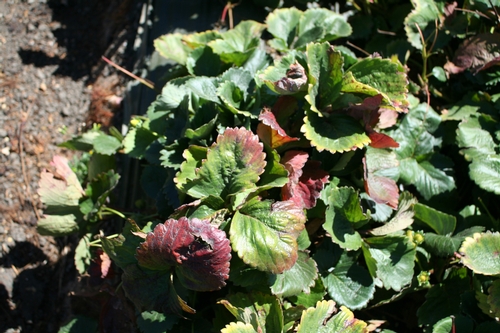
Photo 1: Plants exhibiting yellow coloration late in the season.
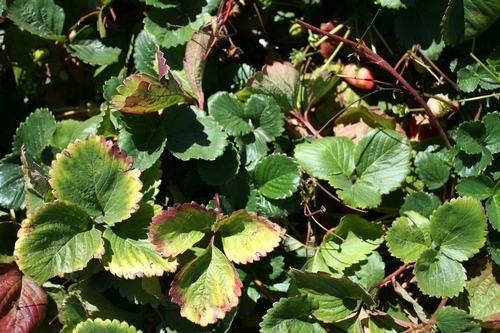
Photo 2: Strawberry leaf yellowing, but note how green and fresh the new leaves look - a real tell for nitrogen deficiency. Margin discoloration and burning of the older leaves sure to be a product of the high levels of sodium and chloride.
Meeting Series Announcement for the Production Year 2013-2014: Principles of Successful Strawberry Cultivation on the Central Coast of California
This is an announcement for the beginning of a series of meetings to run through the upcoming strawberry season concerning the principles of successful strawberry cultivation on the Central Coast of California. The first of these meetings will be a review of strawberry transplanting and will take place at the ALBA Rural Development Center on 1700 Old Stage Road on October 8. Agenda is here:
http://cesantacruz.ucanr.edu/files/170337.pdf
Further meetings are to follow and should take place more or less every month at various locations around the Central Coast and will concern topics of a timely nature in strawberries. So for example there will be a meeting on lygus bugs in April or May, fertility management in February, irrigation in March, pathogens in March and spider mites in June. If we get a new bug coming our way, why we'll have a meeting about that too. We have the good fortune to count with a first class group of academics and agricultural professionals from UC Cooperative Extension, the University of California and other industry associated organizations and thus have the privilege to extend some of the best information around in a language everybody can understand.
Depending on who is presenting, some of the meetings and presentations will be held in Spanish with translation to English, while others will be in English with translation to Spanish. The emphasis is that these meetings are open and accessible to all of you involved in the industry of producing strawberries on the Central Coast.
So just be aware that over the next ten months this series of meetings will be taking place and to stay apprised of when they are coming about.
I am really looking forward to putting on these meetings with all of you!
Mark
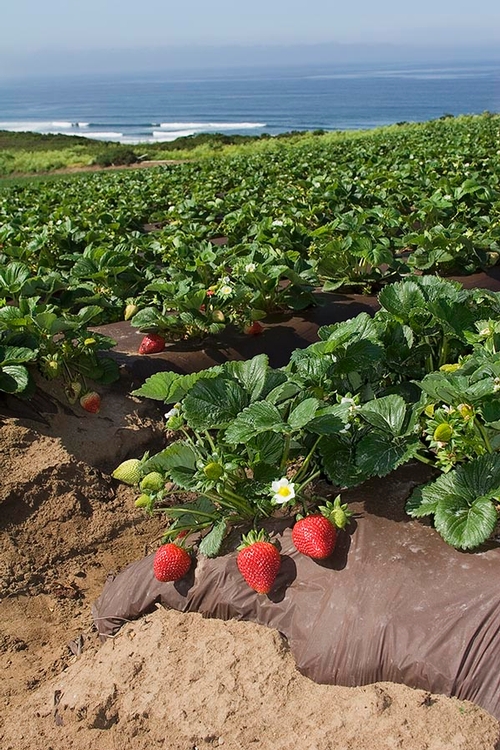
Announcing a series of meetings on the principles of strawberry cultivation to be held over the production season 2013-2014.
Use of glyphosate (Roundup) to control field bindweed in blackberries
Field bindweed, Convolvulus arvensis, also known locally as morning glory, is a persistent weed pest in blackberries grown on the Central Coast of the California. Much of this stems from the long period of time between plant establishment and final removal of the crop some five to six years later.
While cultivation of the aisles between the hedgerows is successful in keeping the field clear of most weeds, field bindweed is another matter. Not only does field bindweed establish very deep root systems which frustrate control by cultivation, but the lengthy vines of this plant grow into the hedgerow and even up onto the plants themselves (Photo 1). Spray applications of translocated herbicides like Roundup are risky due to sensitivity of blackberry to spray drift. For this reason we have selected ropewick application methods to reduce the possibility of spray drift and crop injury.
The study described here is an experiment of two methods of wick applications of glyphosate (Roundup). One method, pictured below, is of a ropewick applicator (Photo 5) which applies a 33% volume per volume (v/v) dilution of formulated product through the ropewick applicator directly to the bindweed leaves by briefly passing over the area in a purposeful back and forth swinging motion. The second method, used occasionally on woody vines which die slowly, was to clip approximately 1”x1” sponges soaked with a 33% v/v dilution of formulated product with colorful refrigerator magnet clips to individual bindweed leaves (Photo 3). In both cases, great care was taken to avoid contact with blackberry plant parts, especially canes hanging down close to the ground. Please note – blackberry is very sensitive to Roundup (Photo 7) and contact with foliage must be absolutely avoided.
As can be seen from the pictures below (Photo, 3, 4 and 5), after two weeks both methods are quite effective in controlling field bindweed in blackberries. It should be noted that the clip method, while quite effective in controlling field bindweed, is far more time consuming than the ropewick applicator and not recommended.
It is lastly important to note that regular retreatment of the field bindweed especially in the fall will be more successful with the ropewick method described here. One should treat regularly but not too frequently and every month to six weeks should work. Let the bindweed regrow some, since it is going into the fall and it is storing starch reserves for its roots. As the bindweed makes sugars in its leaves it is sending that sugar downward into its roots deep in the ground, and this is the time to send some glyphosate into those roots. These roots are the bindweed wheelhouse and this is where to hit it where it hurts.
The use of glyphosate (Roundup) is extensively written about in this article. Before using any of these products, check with your local Agricultural Commissioner's Office and consult product labels for current status of product registration, restrictions, and use information.
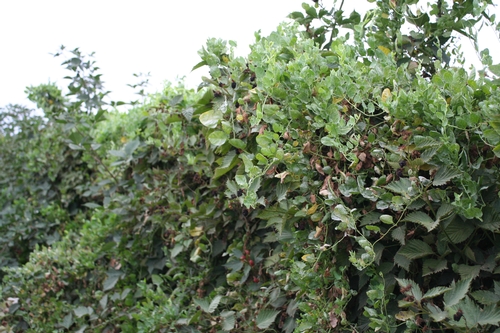
Photo 1: Blackberry hedgerow totally overgrown with field bindweed.
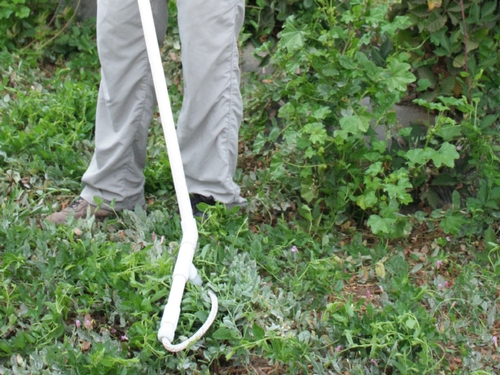
Photo 2: Demonstration of ropewick applicator. Roundup mix, stored in handle, seeps out rope at bottom of applicator.
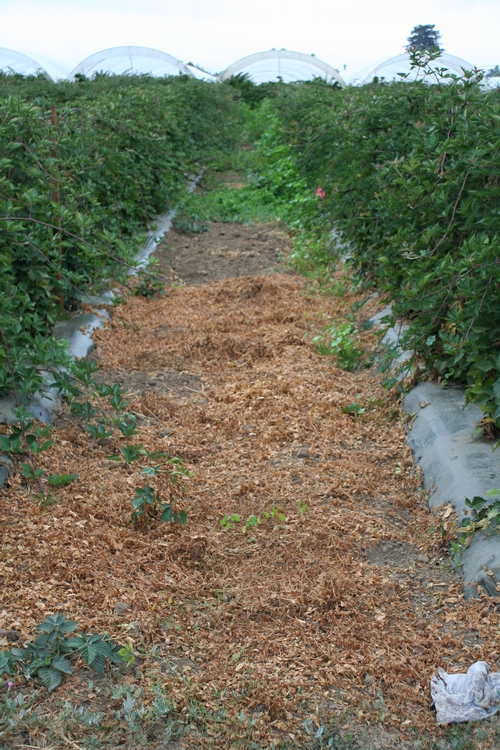
Photo 3: Roundup treated area two weeks post-application.
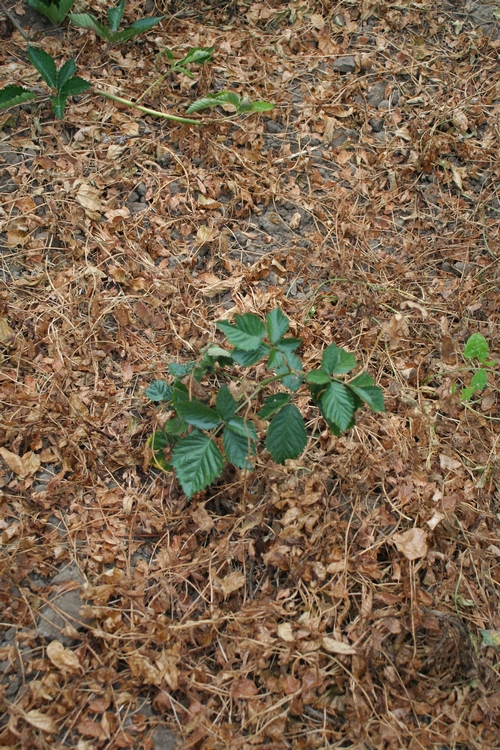
Photo 4: Blackberry primocane in midst of glyphosate killed bindweed. Plant was not touched by the herbicide.
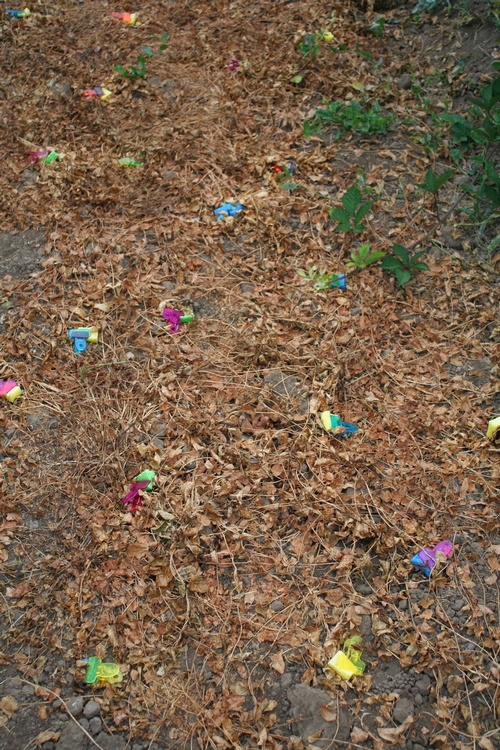
Photo 5: Field bindweed plants two weeks after having been treated with Roundup saturated sponges clipped onto individual leaves.
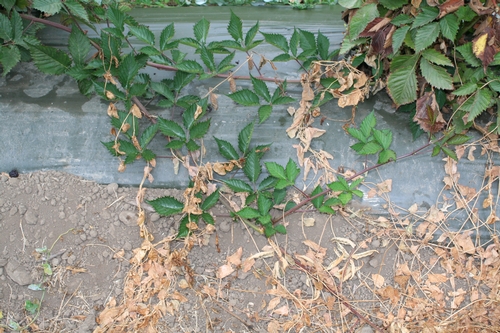
Photo 6: Bindweed vine arising from plants treated by ropewick application interspersed among healthy blackberry canes.
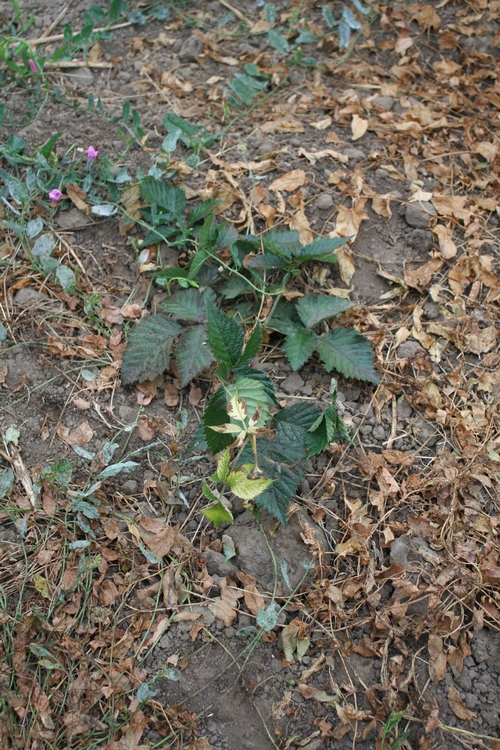
Photo 7: Glyphosate damage on blackberry - very sensitive.

